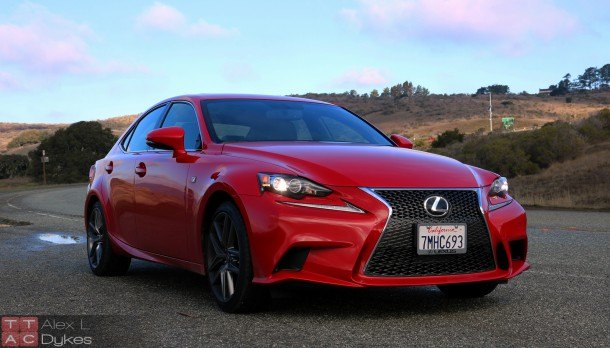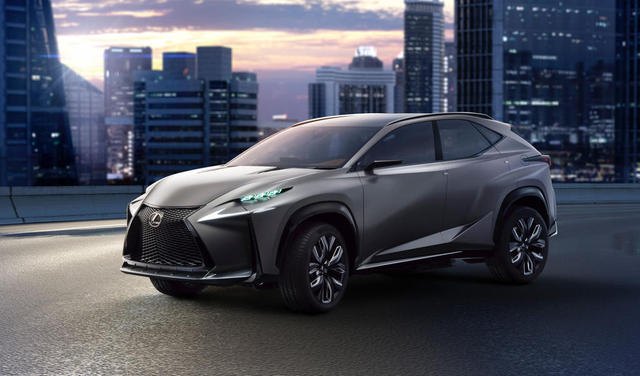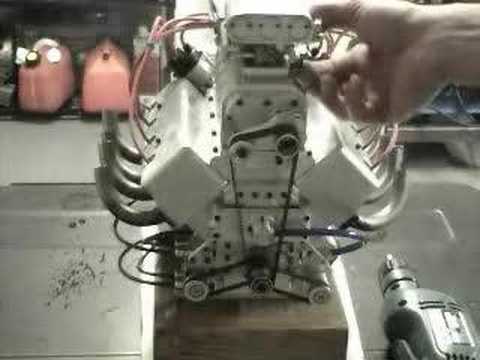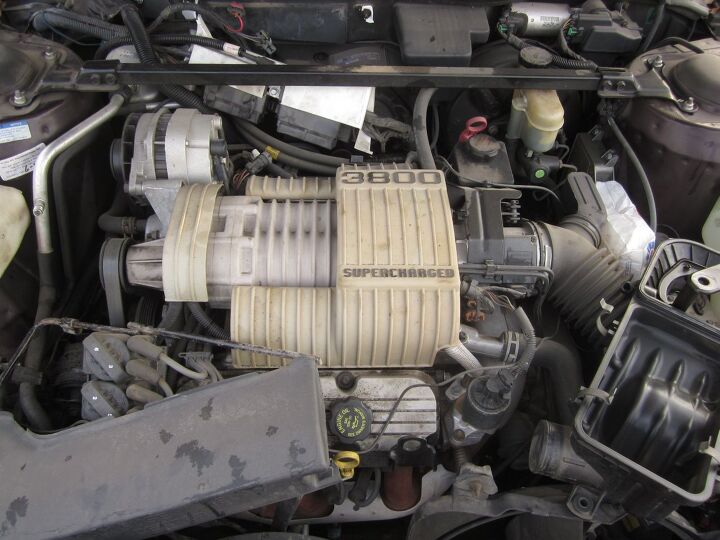#ForcedInduction
Boosted Engines Are Bigger Than Ever: Study
If you’re the type of automotive enthusiast who covets cylinder volume above all else, this probably hasn’t been your decade. However, if you’re of the boosted breed, things couldn’t be better. Forced induction engines are bigger than ever, not in size (again, sorry displacement fans) but in factory application.
The numbers of turbocharged vehicles sold in the U.S. rose for a sixth consecutive year in 2017, now accounting for 27.6 percent of new cars and light truck models built through March 2017. For the sake of reference, the 2011 model year only saw 10.7 percent, while previous years loitered between 4.5 and 6.6 percent annually. This makes turbocharging less of a trend and more of a revolution.
Piston Slap: High-Altitude Aspirations?
Kirk writes:
Sajeev,
I asked Bark for advice a few months ago and this question is somewhat related: I’m now planning to get a Miata or maybe the Fiat 124. I live at 5,000 feet above sea level and from what I’ve read, it sounds like the average naturally aspirated engine loses 3 percent of its power for every 1,000 ft increase in elevation, which translates to a 15 percent power loss at 5,000 ft. However, it appears that turbo engines do not suffer as much, as they lose about 1.5 percent power per 1,000 ft on average due to the less dense air. (i.e. more dense with forced induction – SM)
If that is the case, than I expect it would be better for me to get a turbo engine — provided I’m okay with the Fiat.
2016 Lexus IS 200t Review - Lexus Finally Goes Turbo
Lexus has tended to prefer conservative design in almost every aspect of product development. Words like reliable and dependable usually spring to mind before sporty or exciting.
Yet, the brand has been trying to change that over the last few years with love-it-or-hate-it designs; in particular, Lexus’ new “Predator mouth.” The changes aren’t simply skin deep. The current-generation IS sedan also stepped outside the luxury brand’s comfort zone with sharp handling and a focus on dynamics. Of course, this is Lexus we’re talking about, so this change in a more aggressive direction is happening at, you guessed it, a conservative pace.
Now in its third year of production, the third-generation IS isn’t getting a refresh like we’d typically see in from ze Germans. Instead, Lexus has decided to focus its attention under the hood with a new turbocharged four-cylinder engine and a de-tuned V-6 for mid-level shoppers.
Can a refreshed drivetrain help the IS stand out in a crowded segment? Let’s find out.
Piston Slap: A Turbocharged "Placenta Previa"?
Daniel writes:
Hi Sajeev,
I’m a long time reader, first time writer. I have a question which no one seems to know the answer to so I figure you and the B&B can have a go at it. I have a good condition spare turbo laying around from my MR2 turbo before I upgraded. I want to install this into my toyota previa. The problem is the area where the turbo will sit it will be exposed to the elements under the car ( rain, snow, salt) the way the exhaust manifold sits I have no choice. What sort of problems do you think I have in the future with the turbo being exposed like that? I’m in Chicago and this will be driven in winter. And the van is lowered too so the turbo will be pretty close to the ground.
2013 Tokyo Motor Show: Lexus LF-NX Turbo Concept
Lexus has added a turbocharger to the LF-NX concept that it introduced at the Frankfurt auto show, calling the result the LF-NX Turbo and unveiling it at the 2013 Tokyo Motor Show.
Eaton Bullish On The "Downspeeded" Supercharged Future
Phrase Of The Day: "Torsional Excitations"
What keeps powertrain engineers up at night? C’mon, get your mind out of the gutter. The move towards downsized, turbocharged engines is creating a number of new engineering challenges, and “torsional excitations” grabbed the spotlight at this year’s Society of Automotive Engineers Congress. Steven Thomas, manager of Ford’s global transmission and driveline, research and advanced engineering, illuminated the issue [via Wards].
As we reduce the engine torque, particularly just off idle prior to the boost coming on, we’re going to adversely impact the ability to accelerate the vehicle. I would challenge you all to think about new ways of dealing with this. We could really use new designs to deal with these challenges to optimize the fuel economy, but at the same time deal with (noise, vibration and harshness) and performance issues presented by these new engines.
The problem: the increased inertia of forced-induction engines. The practical example: a turbocharged Fiesta. A worthy adversary, a worthy cause. Let’s do this.
We Live In the Golden Age of Cheap Superchargers
Back in the day, where could you go for a cheap supercharger? Maybe grab a grungy 8-71 off a million-mile transit bus? Thanks to GM’s decision in the early 1990s to plop Eaton blowers on all manner of 3800 V6-powered machinery, the going rate on a junkyard supercharger is well below a C-note.






















Recent Comments